7 Signs Of Tree Roots In Pipes And What To Do
Taking action to prevent tree roots from damaging your pipes is vital. Here are our plumbers’ top tips for getting rid of them and what signs to look for.
Most homeowners agree that trees enhance the property’s aesthetics and offer multiple practical advantages.
Besides the well-known benefits of increasing oxygen levels and reducing carbon dioxide, trees provide shade in summer. But having trees in or around your home can sometimes lead to specific problems, like damage to your plumbing and sewer lines.
This occurs when tree roots penetrate the pipes and begin to grow inside. This can lead to several issues, like blocking water flow and reducing pressure. Over time, this can harm the drain pipes and the whole plumbing system.
That’s why it is essential to detect such problems at the onset and take adequate measures to deal with them. In this guide, we’ll share some ways to accomplish both objectives. Let’s begin, then!
The size of a tree can determine how long and complex its roots are. Bigger trees generally have larger root systems, needing more nutrients and water. Since plumbing systems carry water, any cracks or leaks tend to attract these roots, allowing them to enter the pipes.
Once they enter the piping system, they continue to grow and expand, ultimately causing a blockage. If the problem is not resolved timely, this root growth can put the entire sewer system at risk of structural damage.
Thankfully, the following signs of tree roots in plumbing pipes can help prevent such a situation. Let’s look at some of these now.
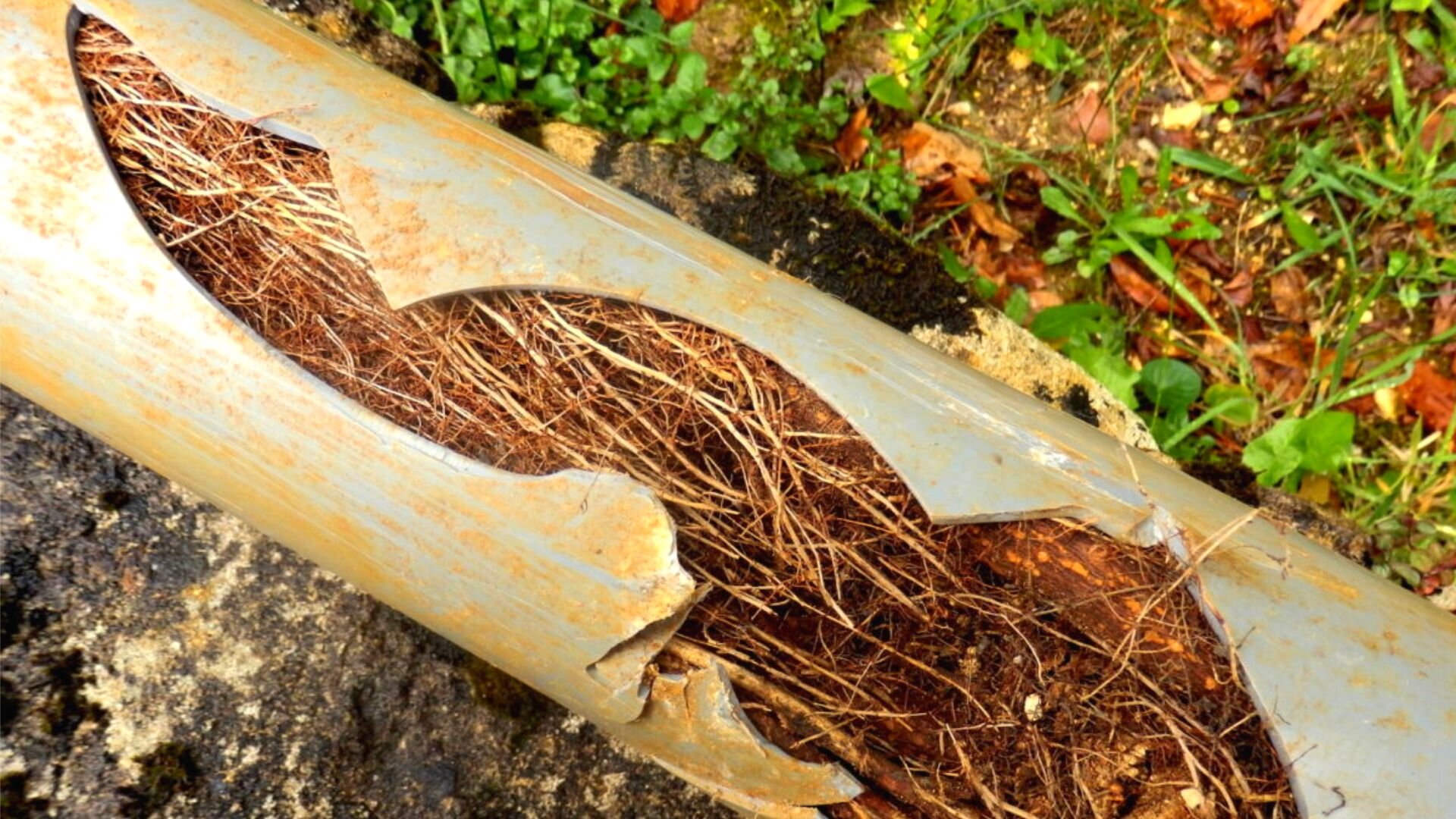
The first sign indicating tree root invasion of the sewer lines is slow-emptying drains, which may be visible in several locations. For instance, a toilet that drains slowly after flushing or makes a gurgling noise can indicate tree root obstruction. You may also be experiencing slow-draining sinks in your kitchen or bathroom.
This problem is more common in older properties or those with lots of large trees.
In some regions, sinkholes are common but can also occur due to tree root damage. If you notice the formation of a sinkhole in the lawn or yard, the first thing to do is to call a contractor and let him inspect the site.
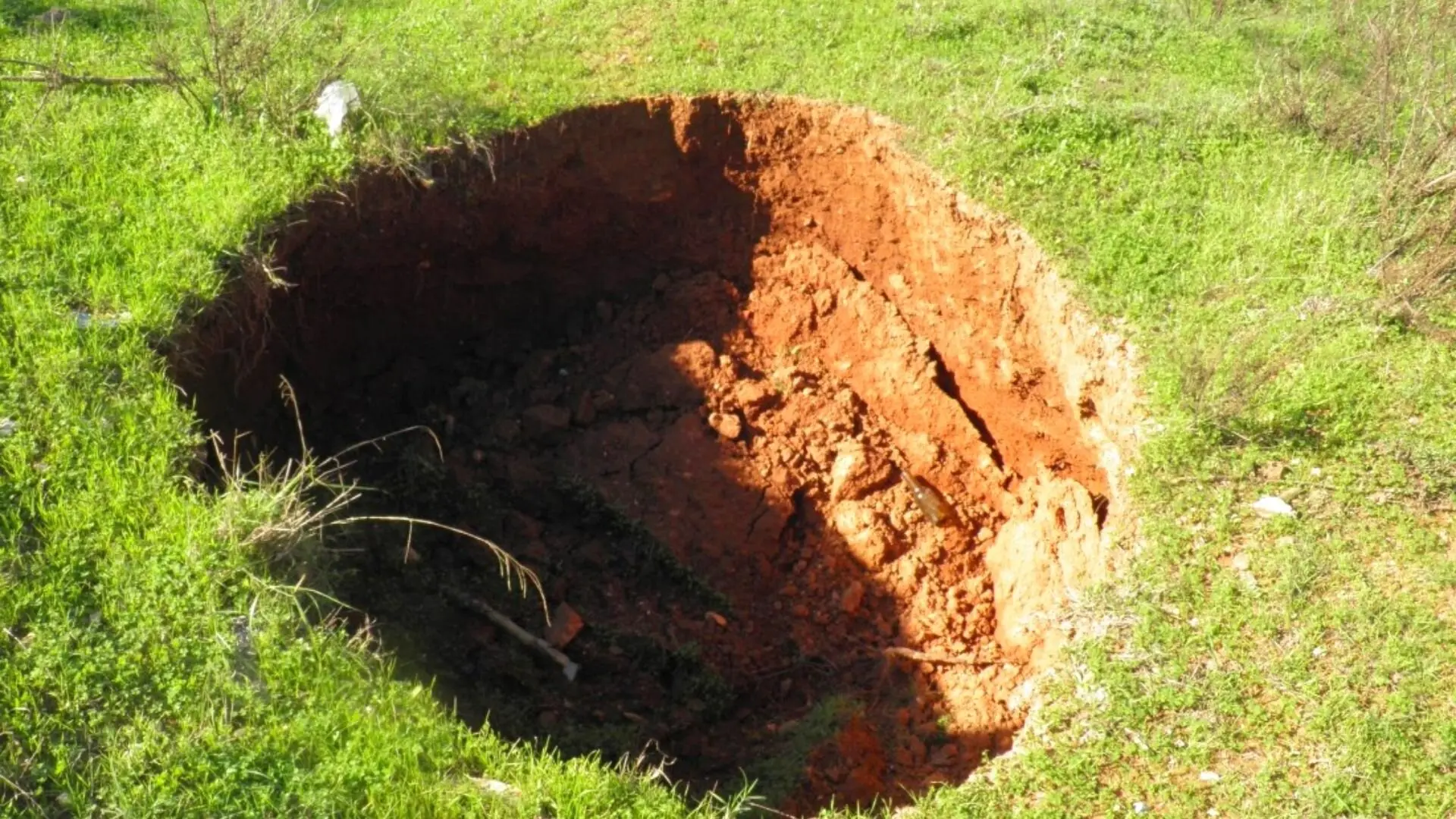
The formation of sinkholes is a complicated problem that may indicate that the structure’s foundation is no longer stable.
When a tree’s root system has invaded your home’s piping, it can cause many problems. A backed-up toilet is the most common and generally happens when the drain gets clogged up or destroyed by the roots. Without professional help, these issues cannot be resolved and need to be resolved immediately before the roots grow further into nearby drains.
Invading tree roots can damage the sewer line, leading to foul odour within and outside your home. If you experience bad smells such as those of rotten eggs, chances are that tree roots have damaged the sewer line.
A sudden drop in your home’s water pressure might suggest tree roots are blocking your plumbing. This isn’t something you can sort out with DIY tricks; you’ll definitely need the help of a plumber.
Drains in your sink or toilet tend to gurgle when an obstruction blocks water flow. Tree root blockage in your drain pipes is among the most common causes of obstructions and a sinister gurgling noise.
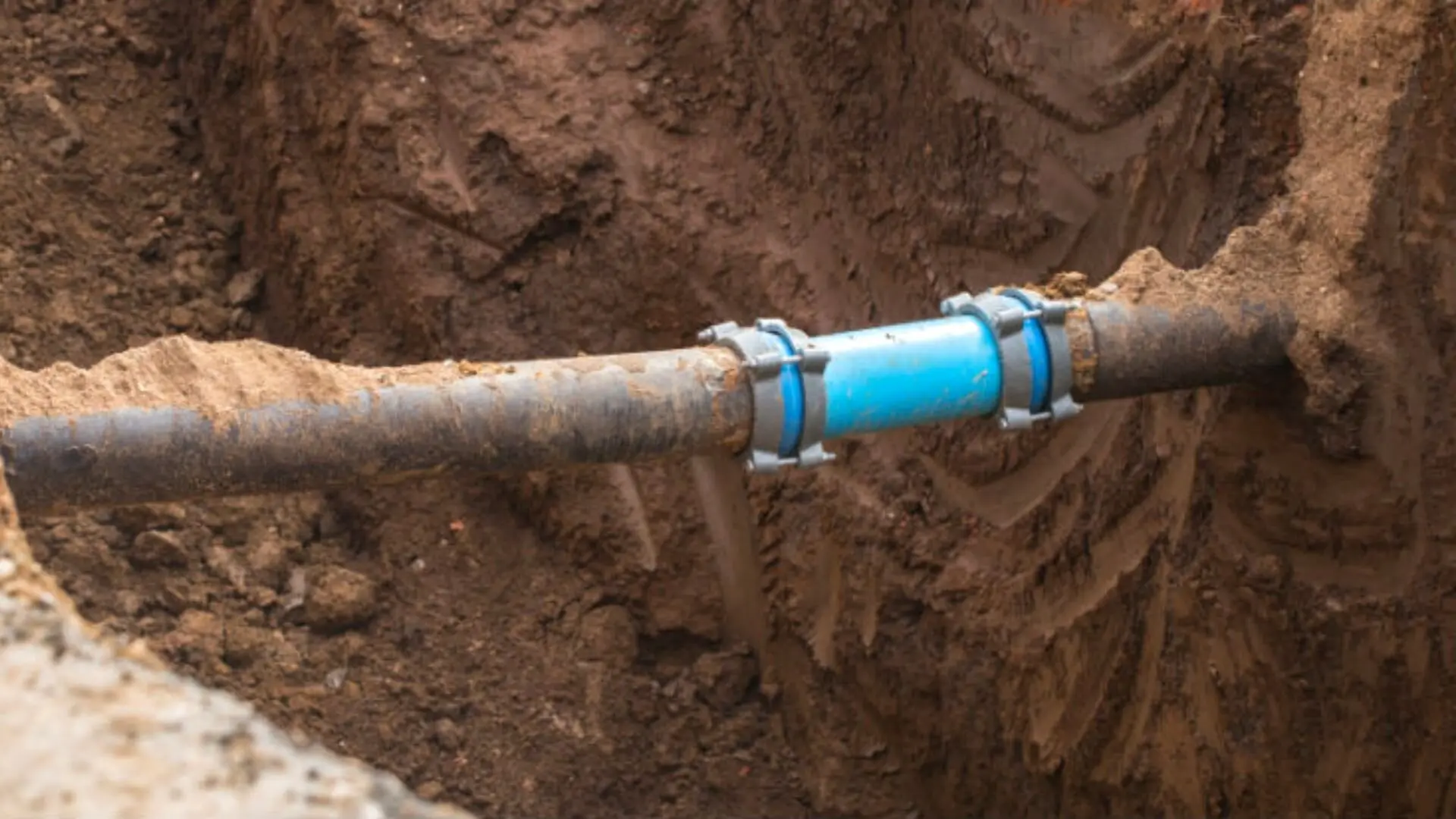
Have you received an unexpected water bill? An unusual rise in water bills may indicate a tree root problem with your plumbing system. This is because when tree roots damage the drain pipes, it can cause leaks, which not only leads to higher bills but also causes water wastage.
There are several methods to tackle tree roots in your pipes, including:
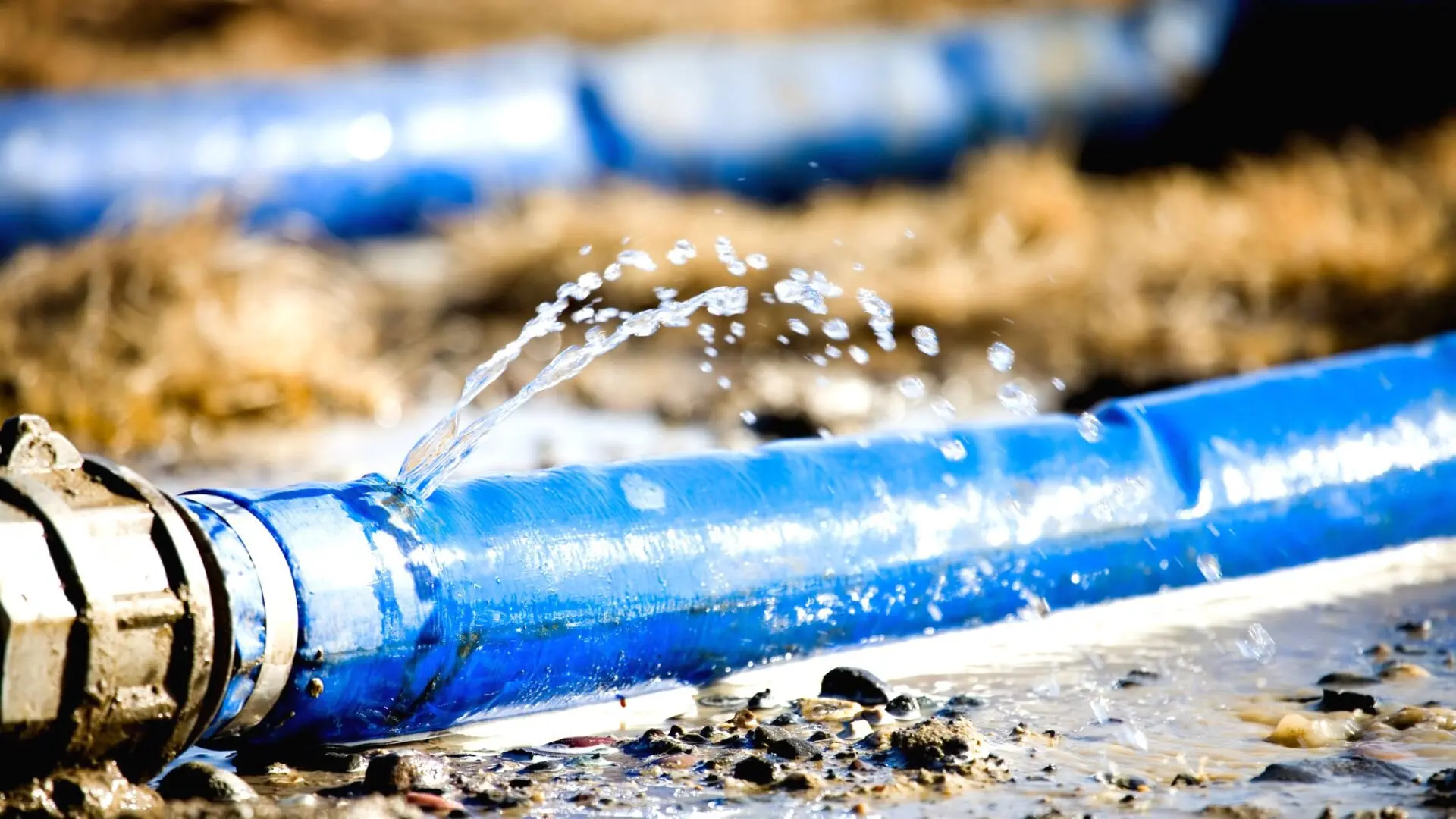
Copper sulphate is a common root killer that can be purchased from local home improvement stores. It can remove small tree roots in pipes, preventing them from entering.
For this method, pour about half a cup of the crystal into the toilet before flushing it down to kill the roots. However, copper sulphate should not be used in the septic system, as it can damage it.
While functioning like copper sulphate, rock salt is a safer alternative for septic systems. When using it, the only thing to remember is to stick to the correct quantity, as a more significant quantity can poison the entire tree.
Also, using rock salt will not help you solve the problem permanently, and you will need to rely on other methods for a permanent result.
Unlike the above DIY methods, these tree root removal solutions require help from professionals.
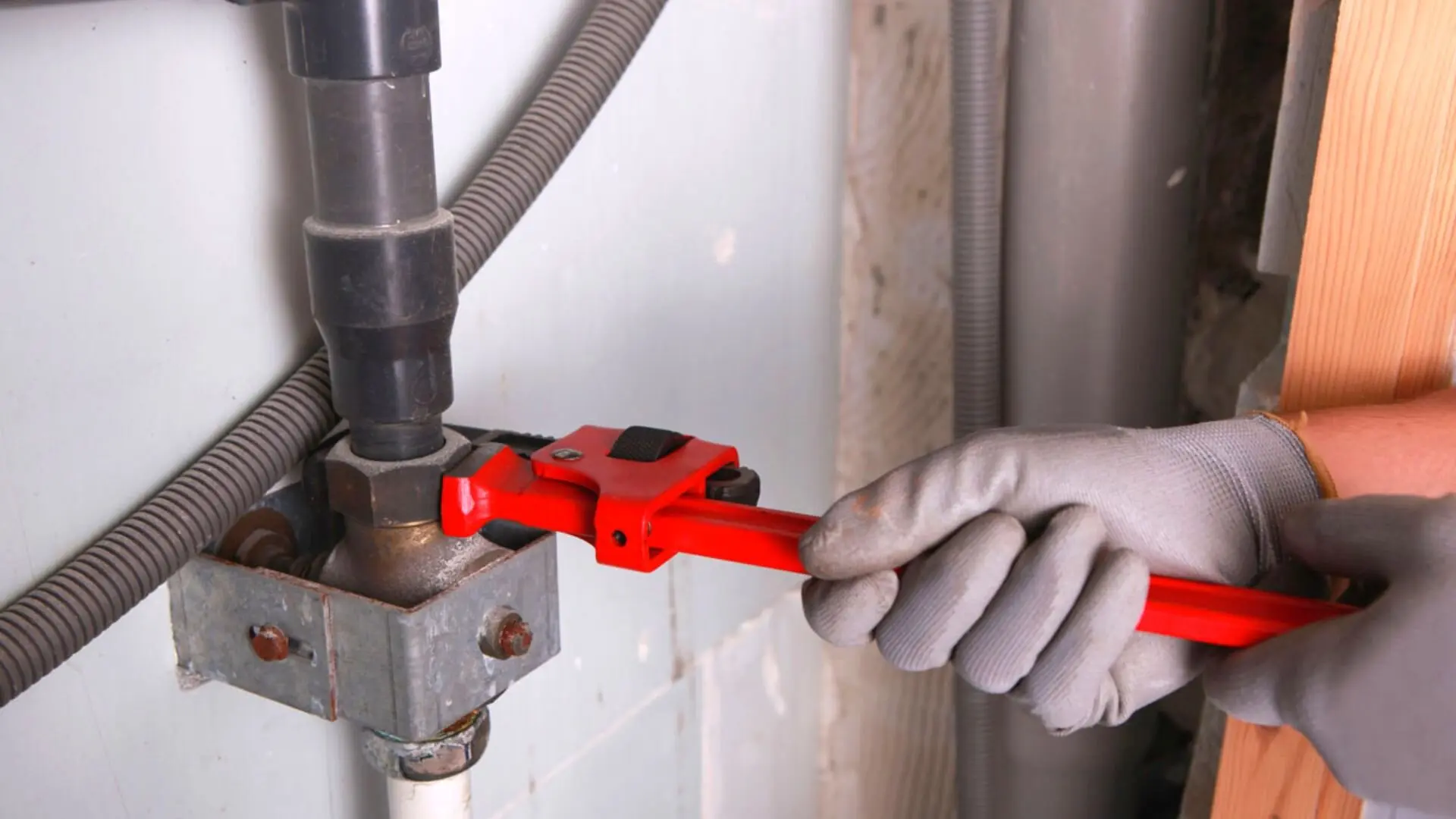
To solve plumbing problems caused by the invasion of tree roots, plumbers generally use a mechanical auger, also known as a rooter. It is inserted into the broken pipes and used to cut away the roots, causing an obstruction, after which the cracks and leaks in the pipes can be repaired.
Additionally, some plumbers use a hydro-jet machine that blasts water at high pressure to cut through roots.
This method ensures that the problem does not occur again once the roots have been removed from the underground pipes. It involves inserting a lining within the broken pipe system so that the roots cannot get in, even if there are cracks in the outer pipe. Unlike traditional pipe repairs, plumbers only need a small hole to reach the water pipes beneath your home.
In situations where the invading tree roots have caused cracking and leaks on a large scale, bursting the old sewer pipe might be the best solution. A new sewer pipe with a pointed head is attached to a winch and passed through the old pipe system.
The pointed head cuts away the tree roots that have entered the pipe while the new pipe blocks all the cracks.
Early detection can help you avoid many hassles caused by tree roots blocking your plumbing system. Hopefully, this guide has given you some insight into how to look for signs of a problem like this.
Some issues might be handled with DIY solutions, but most will need a professional touch. That’s why keeping the contact info of a skilled plumber is a smart move to quickly fix issues. Reach out to our plumbing experts in Melbourne for help. We’re ready to clear tree roots from your drains today!
With that said, we’ll be wrapping up. Goodbye!
Are you concerned that tree roots in your garden have infiltrated your pipelines? Our guide will help you prevent serious plumbing damage.
Thought coffee grounds were safe to wash down the sink. Think again. This guide explains the perils they pose to plumbing and why drain clogs are all but guaranteed if the problem isn’t addressed. Understand why even garbage disposals can’t fully dissolve these particles.
Are you facing water pressure drops or suspecting leaks? A pressure test can help you confirm the source of your plumbing problems. Learn how to test your plumbing!


